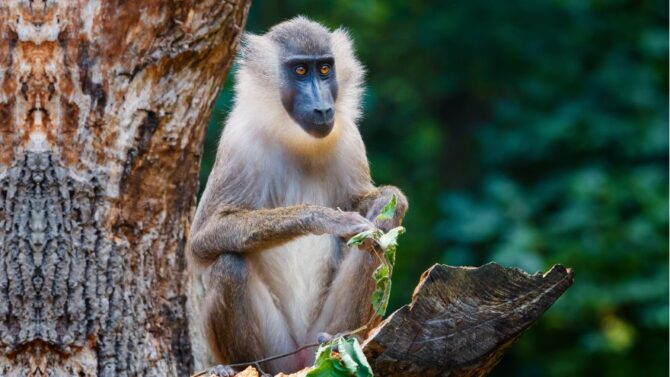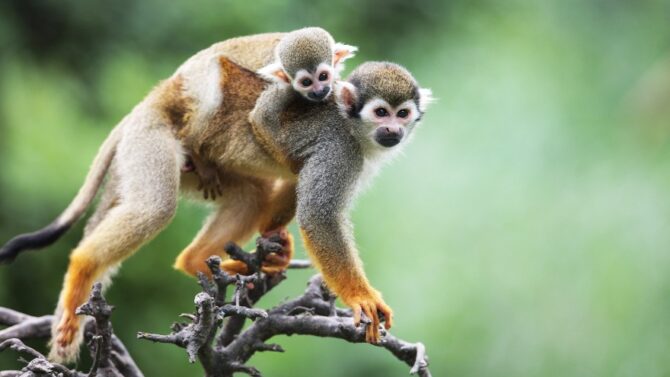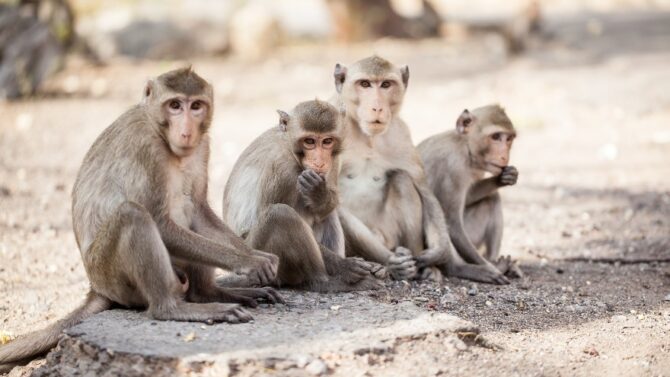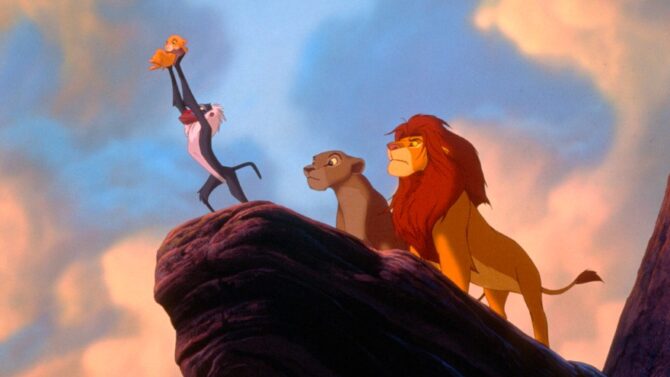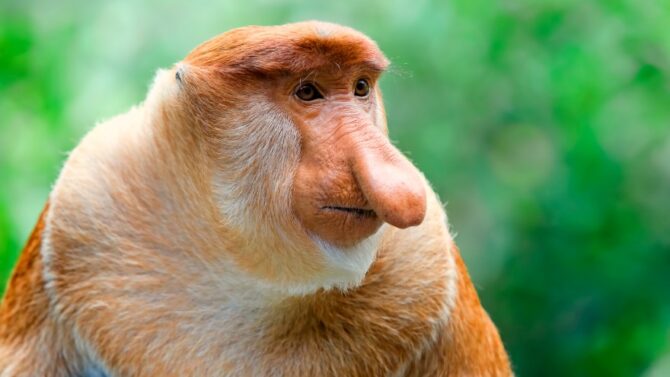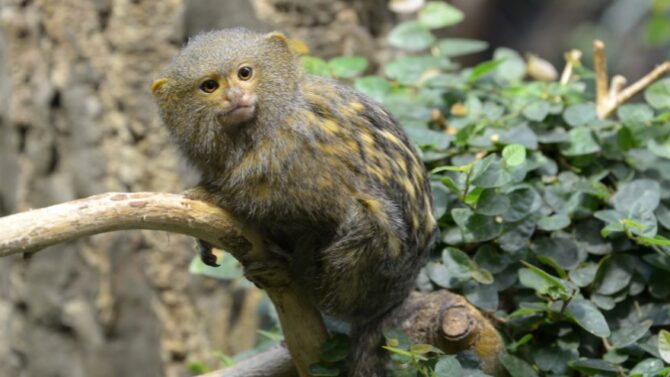In the animal kingdom, monkeys are close relatives to humans, second only to apes.
These animals share a lot in common with humans, including the display of complex emotions and high intelligence.
This leads many to wonder about their lifespan compared to that of humans. How long do monkeys live?
Generally, monkeys have a long lifespan. This depends on the species, as some have a longer lifespan than others. The lifespan of these primates ranges from 10 to 40 years and even more in the wild.
We’ll look into the lifespan of monkeys in more detail.
Monkey Lifespan: How Long Do Monkeys Live?
As highlighted above, the lifespan of a monkey varies by species and ranges from 10 to 40 years in the wild. There are many of these species, far more than we can cover in this article.
Thus, we’ll consider a few of them from the broad monkey types. Monkeys can be classified into old-world and new-world monkeys.
Old-world monkeys can be found in Asia and Africa. They are larger than their new world counterparts and are termed “old world” because of their locations.
Old-world monkeys are more terrestrial than arboreal, and their nostrils face downwards. Interestingly, they see it in black and white.
The new world monkeys live in South America and Central America. They consist of the shortest monkeys in the world, and they are quite old.
New world monkeys are arboreal, and their tails are designed to help them hang from trees. Another trait that distinguishes them from their old-world counterparts is their wide and round nostrils.
New world monkeys see in color, our final distinguishing trait.
Read on to discover the lifespan (in the wild and in captivity) of some species under both groups:
Old World Monkeys Lifespan
Mandrill (wild 46 yrs, captive 32 yrs)

The mandrill is a native of Africa, living in countries like western Gabon, southwestern Cameroon, Equatorial Guinea, and southwestern Congo.
This species was made popular by the character Rafiki in The Lion King.
The distinguishing trait of the mandrill is its colorful face and posterior, making it one of the most colorful mammals in the world. This monkey also has a big head, a compact body, and strong limbs.
The mandrill’s lifespan is 46 years in the wild and 32 years in captivity.
Japanese Macaque (wild 23 yrs, captive 33 yrs)

This species is a native of Japan, just as the name shows. It is also called the snow monkey because it can inhabit places with harsh winters.
You’d find them in subtropical or subalpine forests, mainly on the Honshu, Shikoku, and Kyushu islands.
The Japanese Macaque has a thick coat, a colorful face, and equally colorful buttocks. Completing this description is the stubby tail.
The lifespan of the Japanese Macaque gets to 23 years in the wild and 33 years in captivity.
Golden Snub-nosed Monkey (25 yrs)

The golden snub-nosed monkey is described as one of the most beautiful monkeys in the world because of the gold color on the belly, neck, and forehead.
It also has a grayish-black color for males and brown for females.
These species live in China, specifically the Tibetan Plateau of the southwestern region.
Because of how cold the habitat is, the golden snub-nosed monkey adapts to cold better than any other species.
There is no record of the lifespan in the wild, but in captivity, the golden snub-nosed monkey can live up to 25 years.
Pygmy Marmoset (wild 12 yrs, captive 19 yrs)
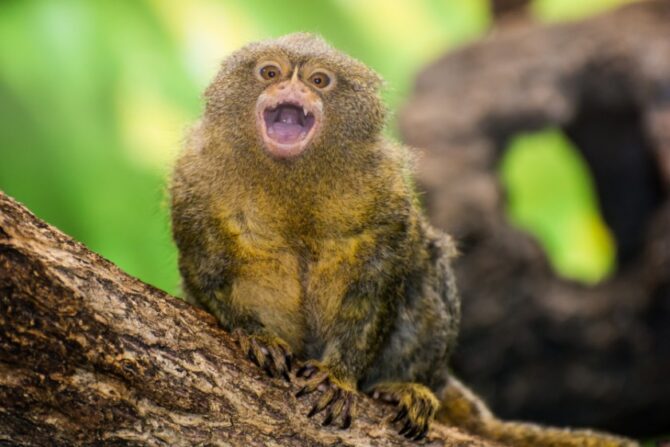
The pygmy marmoset is the smallest monkey in the world, growing up to 13cm. It is a native of different South American countries like Peru, Bolivia, Ecuador, Colombia, and Brazil. Preferred habitats include foothills, forests, and the Amazon Basin.
The pygmy marmoset is colored brown or gray with markings of different colors like yellow, green, and black.
Additional physical trait includes the hair surrounding the head and neck that looks like a lion’s mane.
The lifespan in the wild gets up to 12 years, but in captivity, the pygmy marmoset can live up to 19 years.
New World Monkeys Lifespan
Spider Monkey (wild 25 yrs, captive 40)
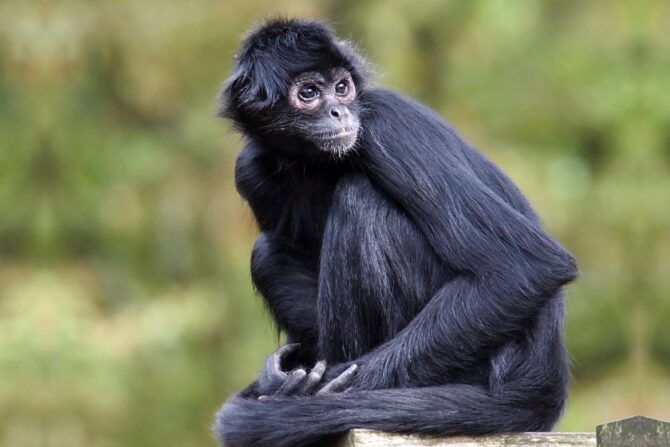
The spider monkey is shaped like a spider from which it is named. It is a native of South and Central America, specifically in countries like Brazil, Mexico, Costa Rica, Colombia, and Ecuador.
They are arboreal with a prehensile tail that enables them to swing from one tree to the other. True to new world monkeys, the spider monkey is also small. They move in groups and even have ways to signal themselves when danger is close.
The spider monkey lives up to 25 years in the wild and 40 years in captivity.
Common Marmoset (wild 10 yrs, captive 16 yrs)
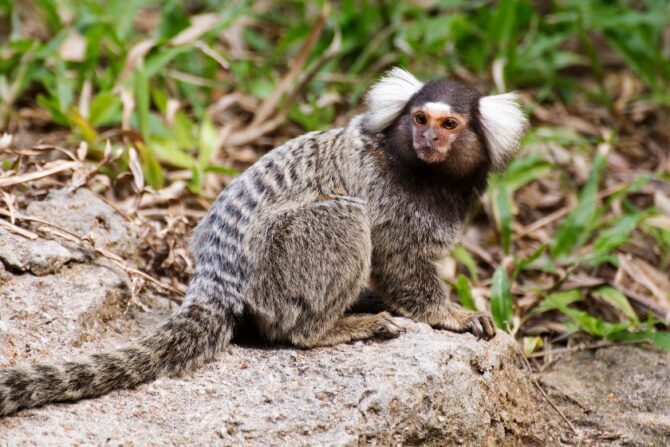
The common marmoset lives in Brazil, usually at the southeastern level.
There are some species on the northeastern side, but due to habitat loss, the population there has reduced. In the southeast, they live in coastal rainforests.
The unique physical trait of the common marmoset is the white tuft of fur that sits on the ears.
The same fur also runs down the forehead. The remaining parts of their fur are colored different shades of brown.
The common marmoset’s lifespan is 10 years in the wild and 16 years in captivity.
Northern Sportive Lemur (wild 8 yrs, captive 15 yrs)
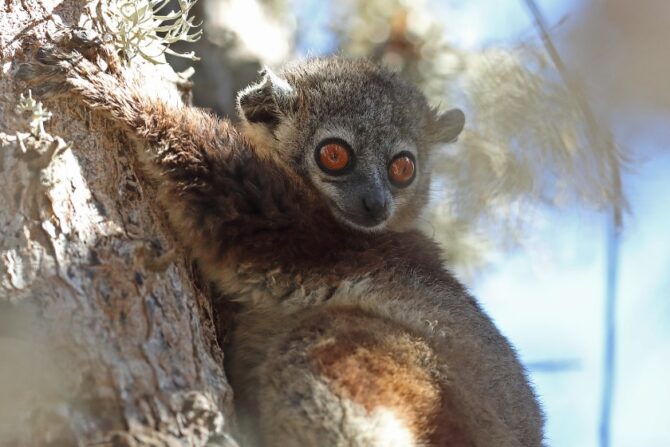
The Northern sportive lemur is the rarest of its kind in the world. It is also considered the smallest lemur and the rarest monkey in the world.
This species is a native of Madagascar, where there are an estimated 50 individuals left.
The Northern sportive lemur has gray-brown fur and would often stand upright. When threatened, it looks like a boxer.
The Northern sportive lemur is arboreal, unlike many other species found in Africa.
The Northern sportive lemur lives up to 8 years in the wild and 15 years in captivity.
The Life Cycle of a Monkey
The monkey’s lifecycle is similar to that of other primates, including humans. This cycle is divided into four stages, which are:
- Gestation
- Infanthood
- Juvenile
- Adulthood
The gestation period in monkeys falls between 4 to 8 months, depending on the species.
After this period, the mother gives birth to one or three babies. Like humans, they often give birth to just one.
After gestation is infanthood, and in this stage, the baby monkey relies on the mother for survival.
This can last for a year or longer, after which the infant experiences a growth spurt.
Then we have the juvenile stage, which goes from 18 months to 8 years.
Adulthood comes when the monkey has reached sexual maturity.
Females remain in the family group even after adulthood, but males step out in a “man squad” with other bachelors till sexual maturity when they are ready to form their group.
Factors Affecting the Lifespan of a Monkey
While there’s a life expectancy for each species, one can’t always predict how long a monkey will live.
This is due to the many factors that can affect the lifespan.
The first main factors are the type and species. Old-world monkeys tend to live longer due to their size and location, and no two species have the same life expectancy.
Another factor that can shorten a monkey’s life is genetics. Some individuals are predisposed to certain illnesses that may lead to untimely death.
Human activities have also affected the monkey population and that of other primates. Hunting and deforestation are examples of the dangers monkeys face.
Many primates are currently listed as vulnerable, endangered, or critically endangered. This is problematic as many can become extinct without protection.
Monkeys vs. Human Lifespan
When compared, humans outlive other primates, including monkeys.
The average life expectancy for humans is around 70 years of age, which far surpasses the 40-year estimate for monkeys.1
Thus, though monkeys behave in ways similar to humans, the lifespan can’t be compared.
We do have the responsibility of taking care of the primates around us as their shorter lifespan entails more death.
Conservation programs should be set up for the near-extinct species to ensure their survival, and the environment needs to be protected too.
Frequently Asked Questions
Are monkeys and apes the same?
Monkeys and apes have a lot in common, so much so that people assume they’re the same. However, these animals are very different. Monkeys are known to have tails, even terrestrial ones. However, apes don’t have tails. Apes are also broader in size and can walk upright, but monkeys are stuck on all fours.
How long do apes live?
Another way apes differ from monkeys is in life expectancy. Apes tend to live longer, getting to over 50 years. In some rare cases, they even live as long as humans! The oldest recorded chimpanzee was over 70 years.
How old is the oldest living monkey?
There is no clear record of the oldest living monkey, but many individuals have gone beyond the expectancy. One example is a spider monkey named Elvis, who got up to 60 years, far surpassing the expected 20-40 years.
Final Thoughts
Monkeys have a long lifespan, especially compared to other mammals.
Human expansion and activities remain the biggest threats to the survival of monkeys, and we can curb that both on a macro and micro level.
Monkeys are important to the ecosystem, and they need to be preserved from extinction at all costs.
Next up…
References & Notes
- Life Expectancy for Men and Women. WorldData.
